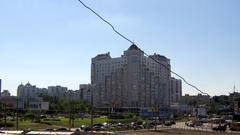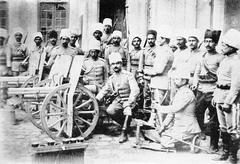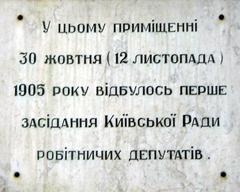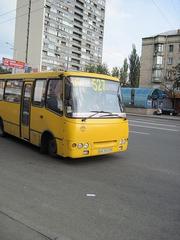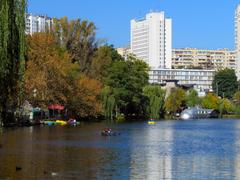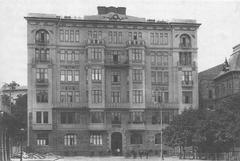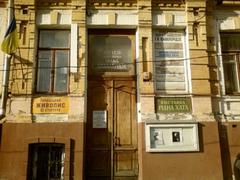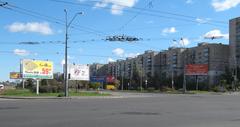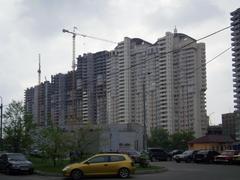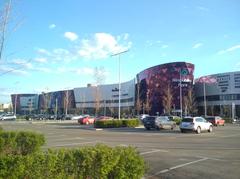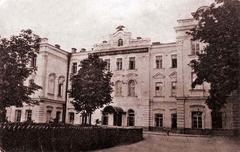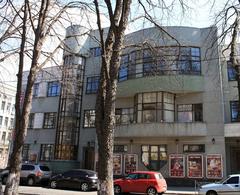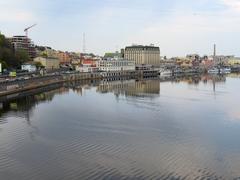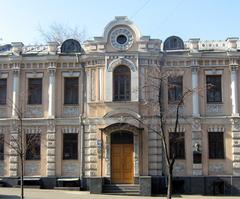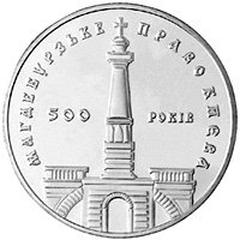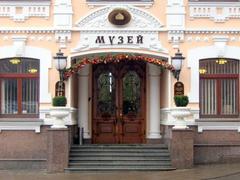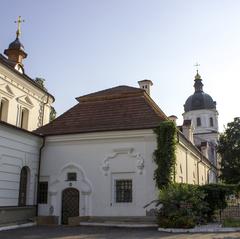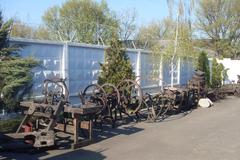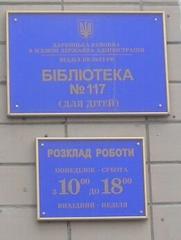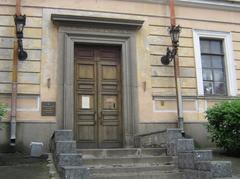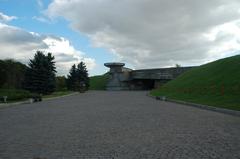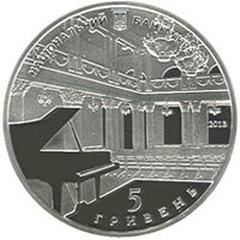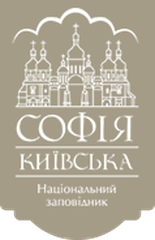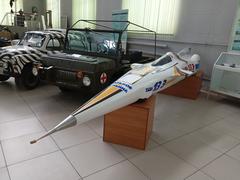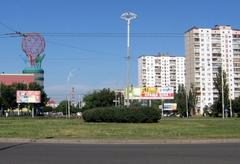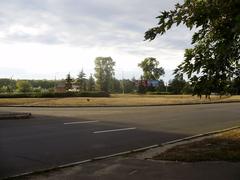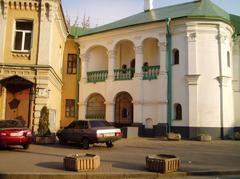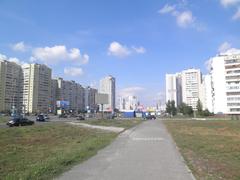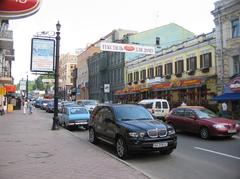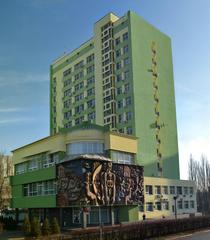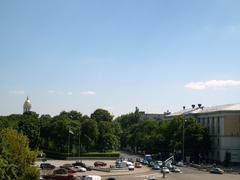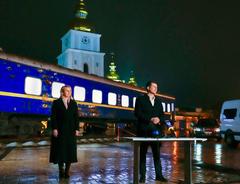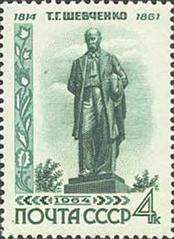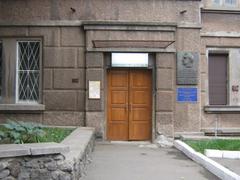
Minska Square Kyiv: Comprehensive Visitor Guide, Hours, Tickets & Local Insights
Date: 15/06/2025
Introduction to Minska Square and Its Urban Significance
Minska Square (Ukrainian: Мінська площа), set in Kyiv’s dynamic Obolon district, is a prominent urban hub reflecting the capital’s growth and transformation. Conceived during the late Soviet era as part of a citywide expansion, the square anchors a bustling community, integrates major transport links, and embodies both historic and contemporary urban planning priorities (Mezentsev & Mezentseva, 2011; Kyiv City Development Strategy until 2025, 2017). Today, Minska Square serves not only as a vital transport node but also as a locus for cultural exchange, public life, and community engagement.
This detailed guide offers essential information on Minska Square’s history, architectural features, visiting logistics, safety considerations, and cultural context—helping travelers and locals alike to make the most of their visit.
Table of Contents
- Historical Evolution of Minska Square
- Visiting Hours, Entry, and Accessibility
- Getting There: Transport & Directions
- Urban Landscape and Key Attractions
- Community Life and Events
- Safety, Security, and Practical Tips
- Frequently Asked Questions (FAQ)
- Visual Recommendations
- Summary and Visitor Recommendations
- References
Historical Evolution of Minska Square
Soviet-Era Foundations
Minska Square emerged as part of Kyiv’s northern expansion in the late 1970s and early 1980s. Its development was closely connected to the construction of the surrounding Minsk Massif residential area and the opening of the Minska Metro Station in 1982. The square and metro station were designed to serve the city’s growing population and facilitate efficient movement between Obolon and central Kyiv (Mezentsev & Mezentseva, 2011).
Post-Soviet Transition
Following Ukrainian independence, the area around Minska Square experienced fragmented development. Privatization, reduced urban coordination, and changing social needs led to a mix of Soviet-era infrastructure and modern commercial projects. Despite these shifts, the square has remained a focal point of transport and daily life (Cybriwsky, 2016).
Integration into Modern Urban Strategy
Since the 2000s, city planners have aimed to revitalize Minska Square, prioritizing sustainability, inclusivity, and alignment with European urban standards such as the Leipzig Charter (Leipzig Charter, 2007). Efforts include enhancing pedestrian access, upgrading public spaces, and promoting community activities (Kyiv City Development Strategy until 2025, 2017).
Visiting Hours, Entry, and Accessibility
- Minska Square: Open 24 hours a day, year-round. No tickets or entry fees are required.
- Metro Station: Operates from approximately 5:30 AM to midnight. Tickets are required for metro rides and can be purchased at kiosks or via contactless payment (Kyiv Metro official site).
Accessibility:
The square and metro station are equipped with ramps, elevators, wide sidewalks, and tactile paving, making them accessible to people with disabilities. Some older infrastructure may present minor challenges, but recent upgrades have improved inclusivity (Kyiv City Development Strategy until 2025, 2017).
Getting There: Transport & Directions
- Metro: Minska Metro Station (Obolonsko–Teremkivska Line / Blue Line, M2) is directly underneath the square, providing fast connections to central Kyiv and other districts (Wikipedia: Minska (Kyiv Metro)).
- Buses & Trolleybuses: Multiple routes serve the area, with stops adjacent to the square.
- Marshrutkas, Taxis, and Ride-Hailing: Services like Uklon and Bolt are widely used. Street parking is limited; public transport is recommended (The Pilot Who Explores).
Tip: Download the “Kyiv Digital” app for real-time transit updates, air raid alerts, and city services.
Urban Landscape and Key Attractions
Architectural and Urban Features
- Minska Metro Station: Noteworthy for its column-free vaulted ceiling and Belarusian folk-inspired motifs, this 1982 station is a highlight for architecture enthusiasts (Museum Studies Abroad).
- Public Spaces: The square features wide paved areas, benches, green patches, and pedestrian walkways, encouraging both transit movement and social interaction.
- Surroundings: Residential high-rises, shopping centers (notably Dream Town), local markets, and cafes create a lively, functional neighborhood environment.
Nearby Sights
- Obolon Embankment: A scenic promenade along the Dnipro River, ideal for walks and photography.
- Dream Town Shopping and Entertainment Center: One of Kyiv’s largest malls, offering shopping, dining, and family entertainment.
- Local Markets & Cafés: Experience daily life and enjoy Ukrainian cuisine and products.
Community Life and Events
Minska Square is a central gathering place for Obolon’s diverse residents. Community activities include:
- Seasonal Markets and Street Vendors: Local produce, crafts, and snacks bring vibrancy to weekends and holidays.
- Cultural Events: Open-air performances, small concerts, and holiday celebrations by local organizations.
- Grassroots Initiatives: Environmental clean-up days, charity fairs, and civic campaigns foster engagement and solidarity (Visit Ukraine: Community Life; Visit Ukraine: Community Support).
The square also serves as a meeting place during national events and a site of support for displaced persons and community aid efforts.
Safety, Security, and Practical Tips
Security Situation
- Kyiv operates under martial law as of June 2025 due to ongoing conflict. The Obolon district, including Minska Square, is considered relatively safe, but visitors should remain alert to periodic air raid alerts and observe local security protocols (Visit Ukraine Today; Travellers Worldwide).
- Air Raid Procedures: Minska Metro Station doubles as a bomb shelter. Follow alerts via the “Kyiv Digital” app or Telegram channels.
- Curfew: Usually from midnight to 5:00 AM; carry ID and comply with local authorities if stopped.
- Personal Safety: Violent crime is rare, but take standard precautions against pickpocketing, especially in crowded areas.
Practical Tips
- Language: Ukrainian is official; Russian is widely spoken. English is common in hotels, cafes, and among younger people.
- Currency: Ukrainian Hryvnia (UAH). Both cash and cards are accepted.
- Connectivity: Free Wi-Fi in many venues; local SIM cards offer good coverage.
- Food & Amenities: Cafes, bakeries, supermarkets, and pharmacies are plentiful. Public restrooms are available in shopping centers.
- Photography: Permitted in public spaces and the metro, but avoid photographing military personnel or sensitive sites.
Frequently Asked Questions (FAQ)
Q: What are Minska Square’s visiting hours?
A: Open 24/7; shops and cafes typically operate from 7:00 AM to 11:00 PM.
Q: Is there an entrance fee?
A: No, the square is free to access. Metro rides require tickets.
Q: How do I get to Minska Square?
A: Via the Minska Metro Station (Blue Line) or several bus/trolleybus routes.
Q: Is the area safe for tourists?
A: Yes, with standard precautions and attention to current security advisories.
Q: Are guided tours available?
A: Some local operators include Minska Square in cultural and Soviet-architecture themed tours.
Q: Is Minska Square accessible for people with disabilities?
A: Yes, recent upgrades have improved accessibility, though some minor challenges remain.
Q: Where can I find emergency contacts?
A:
- Police: 102
- Ambulance: 103
- Fire: 101
- Tourist Hotline: +38 096 362 11 25 (Wartours.in.ua)
Visual Recommendations
- Minska Metro Station: Capture the vaulted ceiling and Belarusian floral motifs (alt: “Vaulted ceiling and Belarusian motifs at Minska Metro Station, Kyiv”).
- Public Spaces: Photograph green areas, benches, and vibrant street life (alt: “Community gathering at Minska Square, Kyiv”).
- Obolon Embankment: For panoramic river views (alt: “Obolon Embankment near Minska Square, Kyiv”).
- Dream Town Shopping Center: Modern commercial architecture (alt: “Dream Town Shopping Center by Minska Square, Kyiv”).
Summary and Visitor Recommendations
Minska Square is a testament to Kyiv’s evolving urban identity, balancing its Soviet legacy with modern revitalization. It thrives as a transport hub, commercial center, and social gathering point, offering rich architectural features and cultural experiences. With 24/7 accessibility, no entry fees, and proximity to key attractions, it’s an essential stop for anyone seeking to understand and enjoy the rhythm of daily life in Kyiv’s Obolon district (Kyiv City Development Strategy until 2025, 2017; Cybriwsky, 2016; The Pilot Who Explores).
Top Recommendations:
- Use public transport for easy access.
- Download the Audiala app for guided tours, alerts, and insider tips.
- Visit during daylight for the full range of amenities and activities.
- Stay updated on safety advisories and local regulations.
- Engage with local events and explore nearby riverfronts and markets.
For real-time updates, guided tour options, and curated local insights, Audiala is your trusted companion for exploring Kyiv’s urban spaces.
References and Further Reading
- Mezentsev & Mezentseva, 2011, Kyiv’s New General Plan Has Failed: What Will Come Next?
- Kyiv City Development Strategy until 2025, 2017
- Leipzig Charter, 2007
- Cybriwsky, 2016, Kyiv’s Urban Planning and Development
- Kyivgenplan, 2020
- Visit Ukraine: Community Life, 2025
- Wikipedia: Minska (Kyiv Metro)
- Museum Studies Abroad, History Kyiv Metro System
- The Pilot Who Explores, 2025 Travel Guide
- Visit Ukraine Today, Travel and Safety 2025
- Visit Ukraine: Community Support, 2025
- Wartours.in.ua, 2025 Guide
